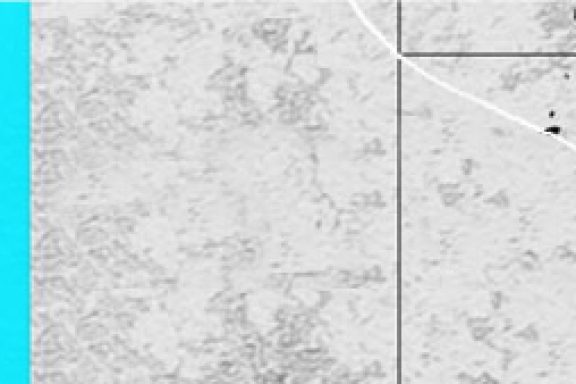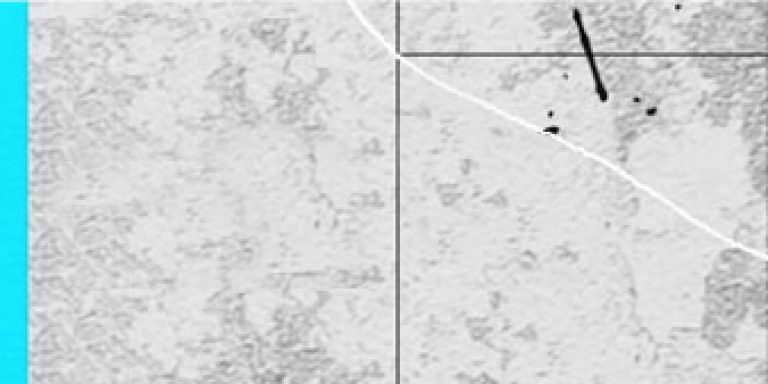The Team Magnus motto is sports injure, sofas kill. Your body is perfectly equipped to restore itself after injuries. But one risk zone happens to be away from our line of vision….
Man vs cheetah
Human feet are complex, composed of 26 bones, 33 joints, and over 100 muscles, each with its own tendon/ligament. It is capable of withstanding 7 times our body weight while running or jumping AND at the same time keep us standing for hours and hours.*
Your heel is a robust bone that can sustain hundreds of kilograms of weight and great impacts. The front of your foot, the tarsal and metatarsal bones, are similar to your hands, just a lot sturdier. Their function is to act as a lever when the powerful calf muscle flexes in order to produce movement. I dare say that except for a few apes that possess a vaguely similar morphology, the human foot is almost a unique superpower.**
If our feet are so great, why aren’t we the fastest runners then? It’s not all about speed: imagine running a 10km run against a cheetah. Its springy, immensely powerful legs are constantly under great tension, walking on their “toes” all the time. Powerful yes, but not made for long distances. On the other hand, you’d be able to use your flexible, sturdy feet for hours and hours, without being too bothered. You win.
Posture, alignment, and performance
The pyramid of performance always starts from a strong base. What is the use of a strong leg if there is not a foot to support it? Why would you train explosive hip power if there’s no solid way to transfer that power on the ground?
Luckily, most of the time, our feet are naturally strong enough to be trusted in everyday life and milder sport activities. And whenever we exercise, they always take part in our training sessions, growing proportionally with the rest of our body. Think about it, there aren’t many exercises that involve legs but not feet! (Excluding some expensive isolation machines).****
There are a few unlucky conditions which affect the power of your feet.
Pidgeon-toed: also known as in-toeing. A minor bone deformity or inwards twist which is mostly benign. Many athletes are intoed, with no consequences. Don’t ignore it though, take the right steps for a healthy life.*****
Duck feet: If your toes point out (at 10:15h) without you thinking about it you’re duck footed. No alignment issue exists on its own since the inner mechanics of your body are all connected. Out-toeing is the result of something more “upstream” than your feet. Sitting for many hours a day weakens your postural muscles. Your overall balance is reduced, and feet end up providing a wider base. Since out-toeing is a consequence of weakened muscles, it can’t be good for sport. A great start is to make sure hamstrings and adductors are strong! ******
Hamstring curl: lie down supine, use a towel on a slidey surface to curl your legs and bring your heels as close to you as possible. Toes must point precisely upward. Slowly and smoothly for 5 sets of 10 reps.
Leg adductions: Lie on your side, cross one leg (as seen in the picture) and keep the other leg straight and off the floor, toes categorically pointing forward. Then slowly move it up and down for 4 sets of 10 reps each leg. Don’t worry if the range of motion isn’t great, it’s completely normal.
Flat feet: The natural arch under your feet loses its shape and more and more of your mid foot “collapses” down. The purpose of the arch is maintaining balance and providing a spring to your step. Arches are generally strong, and this may help the feet to adjust to a variety of surfaces that are walked on. Flat feet are generally triggered by being overweight or having very tight calves*******. Here are a couple of exercises to help you prevent or restore your natural arch:
Toe curls: on a flat and slidy surface (you can use a towel to make it more slidey) keep your weight on your heels while contracting and releasing your toes. Slow and controlled, 1 minute off 1 minute on for 4 times. You can start performing it from sitting if standing is too hard!********
Look down
It’s easy to ignore a stubbed toe from a rocky beach. “I’ll just avoid contact with that part”. I’ll give you an example: if you hurt your big toe while playing hockey, the toe and the surrounding area will be swollen. Nothing too bad of course, but it will be hard to put weight on it, so you shift and roll the foot onto the outer edge (supination). As a consequence, your knee will work a few degrees off its optimal axis, and in time your hip will probably rotate slightly to compensate. So… what to do? Are we doomed because our big toe is bruised? No worries: this is what rest is for. Don’t force your joints to work in a sub-optimal way. Take your adequate rest, and in no time, you will come back better! (Oh by the way, check out the series of blogs called Come Back Better).
Feet as a health marker
Love your feet, and bear in mind that you should never neglect them! An often-forgotten part of our body, always buried in socks and shoes, taking all the weight (literally). Because they are at the bottom of our body, where gravity makes circulation harder, feet are a great health marker. Some examples are:***
Diabetes: Constantly fluctuating levels in blood sugar cause numbness.
Heart failure and poor circulation: persistent, painfully swollen feet are a clear sign that circulation isn’t working.
Osteoporosis: this won’t probably interest you for decades, but when your bones start to be weak and spongy, the first signals will be sore feet bones.
“Be sure you put your feet in the right place, then stand firm.”
Abraham Lincoln
References
*Tucker, L. (2015) An introductory guide to anatomy and physiology 5th edn. London: EMS Publishing
**O’ Costa, K. (2018) ‘ What makes the human foot unique?’, Scientific American, available online at https://blogs.scientificamerican.com/anthropology-in-practice/what-makes-the-human-foot-unique/ [03/09/2021].
***Lopez-Lopez D., Becerro-de-Bengoa-Vallejo R., Losa-Iglesias M. E., Palomo-Lopez P., Rosriguez-Sanz D., Brandariz-Pereira J. M., Calvo-Lobo C. (2018) ‘Evaluation of foot health related quality of life in individuals with foot problems by gender: a cross-sectional comparative analysis study.’ British Medical Journal, 8(10), 1-6.
****Ratamess, N. (2012) Foundations of Strength training and Conditioning. Indianapolis: Lippincott, Williams and Wilkins
*****Gillette J. C., Abbas J. J. (2003) ‘Foot placement alters the mechanisms of postural control while standing and reaching.’ Trans neural rehabilitation Engineering, 1-22.
******Kerr C. M., Stebbins J., Theologis T., Zavatsky A. B: (2015) ‘Static postural differences between neutral and flat feet in children with and without symptoms’, Journal of clinical biomechanics, 30, 314-317.
********Tourillon R., Gojanovic B., Fourchet F. (2019) ‘How to evaluate and improve foot strength in athletes: an update.’ Frontiers in sports and active living, OPEN access, 1(46).
Further reading
Wright A. M., Rothemberg S. P. (2011) Posture: types, assessment, and control. New York: Nova Science publishers.
Kerr C. M., Stebbins J., Theologis T., Zavatsky A. B: (2012) ‘Marker-based foot posture assessment in children’ Congress of the international foot and ankle biomechanics community, 11-13 of April 2012.





